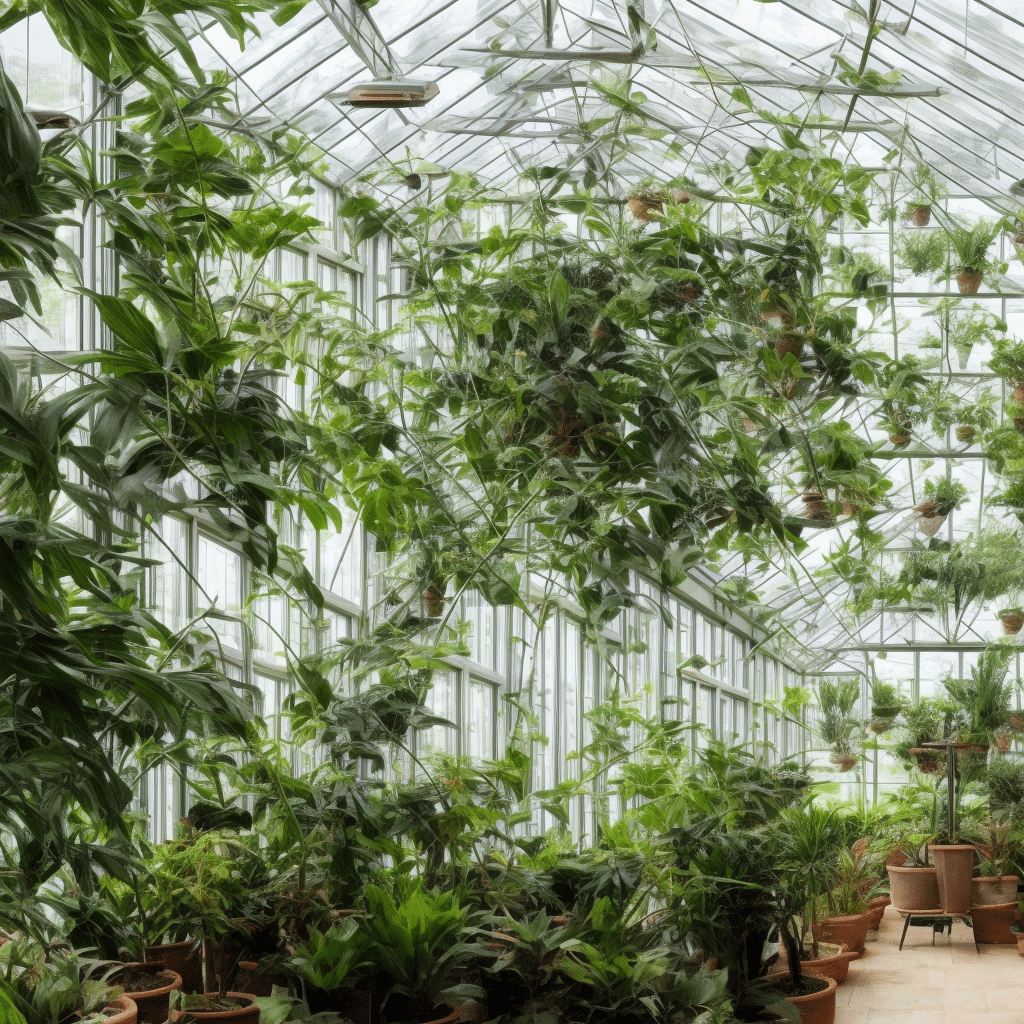How to Design an Indoor Conservatory for Exotic Plants with Climate Control?

Designing an indoor conservatory for your exotic plants can be a creative and gratifying endeavor. Not only will it offer your green thumb a challenge, but it will also provide a tropical oasis to retreat to during the chill of winter. This guide will help you create an indoor greenhouse with just the right amount of light, temperature, and humidity. As you venture into this fascinating project, remember that your indoor conservatory is more than just a space for your plants – it’s an environment where you can indulge your passion for nature and nurture your green friends.
1. Understanding the Importance of Climate Control
Before we delve into the specifics, it’s crucial to grasp why climate control is vital in an indoor conservatory.
Dans le meme genre : Tips for a Stylish Yet Functional Pet Feeding Station?
Exotic plants come from various parts of the world, most commonly from tropical regions. These plants have evolved to adapt to their native environment’s specific climate conditions. They thrive best in high humidity, warm temperatures, and bountiful light.
However, most indoor environments do not naturally provide these conditions. That’s where climate control comes into play. Climate control involves manipulating various factors – such as temperature, humidity, and light – to create an ideal growing environment for your plants. It’s akin to bringing a slice of the tropics into your home.
En parallèle : How to Maximize Space with Under-Stair Shelving and Drawers?
2. Setting the Right Temperature
Temperature plays a key role in plant growth. For tropical plants, heat is an essential component, as they are accustomed to temperatures ranging from 65 to 85 degrees Fahrenheit.
To maintain a consistent heat level, consider installing a heating system in your conservatory. Underfloor heating is an excellent option, as it provides evenly distributed heat without taking up valuable space.
However, beware of overheating. Excessive heat can cause your plants to wilt or even die. Hence, it’s not just about providing warmth but maintaining a balance. To prevent over-heating, consider installing a thermostat to monitor the temperature and a cooling system for those unusually warm days.
3. Providing Ample Light
Light is another crucial factor in the growth and survival of your plants. Like heat, light should be in just the right amount – not too much, not too little.
Natural light should be your primary source. However, during winter or in locations where sunlight is scarce, supplemental lighting may be necessary. Fluorescent lights are commonly used for indoor gardening. They offer a broad spectrum of light and are energy efficient.
Remember, different plants have different light requirements. Some plants may thrive under direct light, while others prefer shaded areas. Therefore, plan your conservatory layout based on the light needs of your plants.
4. Regulating Humidity Level
Humidity refers to the amount of water vapor in the air. High humidity levels are characteristic of tropical climates, which most exotic plants are accustomed to.
To increase humidity in your indoor conservatory, consider using a humidifier, or you could place a tray of water near your plants. The water will evaporate, increasing the moisture level in the air.
On the flip side, excessive humidity can promote the growth of mold and other diseases. So make sure to regulate the humidity level. A hygrometer can help you monitor the humidity level in your conservatory.
5. Choosing the Right Plants
The final key to designing an indoor conservatory is choosing the right plants. The best plants for your greenhouse are those that can thrive in the conditions you can provide.
When choosing your plants, think about their light, temperature, and humidity needs. Make sure to provide enough space for each plant to grow. Overcrowding can lead to disease and poor growth.
Also, consider the aesthetic appeal of your plants. Choose a variety of shapes, sizes, and colors to add visual interest to your conservatory.
In the end, an indoor conservatory offers a unique opportunity to create a personal tropical paradise right in your own home. With careful planning and climate control, you can cultivate a thriving collection of exotic plants. Enjoy the process and remember, gardening is not just about the destination, but the journey as well.
6. Ensuring Proper Air Circulation
Just as important as temperature, humidity, and light, is the provision of proper air circulation in your indoor greenhouse. In their natural habitats, tropical plants experience a continuous flow of air. This air movement is vital in many ways. It aids in the prevention of disease, bolsters plant health, and promotes stronger, more resilient growth.
Continuous air circulation helps prevent the accumulation of stagnant, damp air which can lead to the growth of mold and the spread of disease. A constant flow of air aids in maintaining a balanced humidity level, preventing excessive moisture accumulation on plant surfaces.
Furthermore, air circulation helps to strengthen your plants. In nature, wind forces plants to become stronger to resist its force. Thus, providing a gentle breeze in your indoor garden can replicate this natural conditioning, leading to more robust plant growth.
To ensure ample air circulation, consider incorporating fans into your conservatory design. Depending on the size of your conservatory, one or more fans may be necessary. Oscillating fans are ideal as they circulate air evenly throughout the space. However, be mindful of the fan speed. Too much wind can stress or damage your plants. Aim for a gentle breeze that mimics the natural wind conditions your tropical plants are accustomed to.
7. Using Technology for Climate Control
In the age of technology, you can leverage various tools to maintain the ideal climate for your indoor garden. This includes using digital thermostats, hygrometers, cooling systems, and grow lights.
Digital thermostats and hygrometers allow you to accurately monitor and maintain your conservatory’s temperature and humidity levels. These devices are crucial for preventing overheating or over-humidification which could potentially harm your exotic plants.
Cooling systems, such as air conditioners or heat pumps, can be used to manage the temperature in your conservatory, especially during warmer months when indoor temperatures can soar. Similarly, grow lights are useful for supplementing natural light, especially during the winter months or in areas where natural light is limited.
Most importantly, these digital tools often come with automation features. This means you can set your desired temperature, humidity, and light levels, and the devices will automatically adjust to maintain these parameters. This not only simplifies the care of your indoor garden but also ensures that your plants are always under optimal conditions.
Conclusion
Designing an indoor conservatory for your exotic plants with climate control is a rewarding and fulfilling endeavor. It allows you to immerse yourself in the beauty of nature while also providing a nurturing environment for your indoor plants to thrive year round. With the right balance of temperature, humidity, light, air circulation, and appropriate use of technology, you can simulate the perfect tropical paradise within your home. So, go forth and put your green thumb to work and remember – each plant you nurture is a testament to your love for the natural world. Embrace the journey of indoor gardening and create your own lush, green sanctuary.
